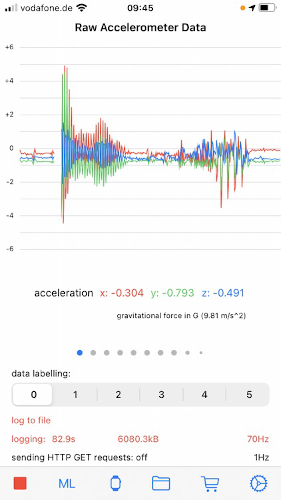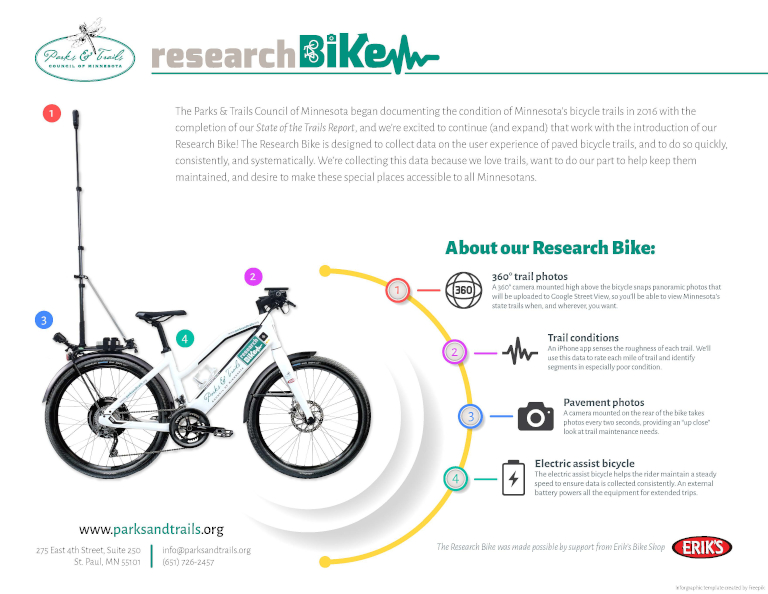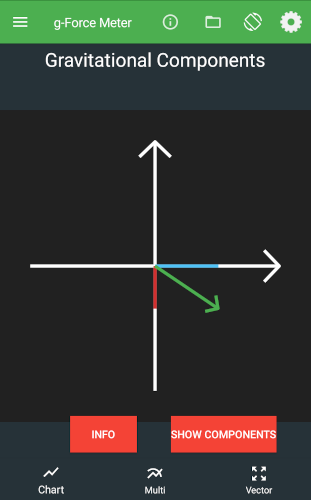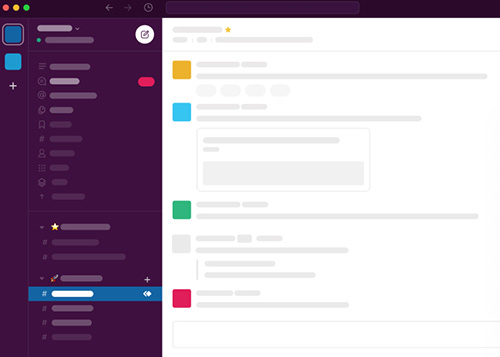Two consumer apps that can measure sensor data on your phone to record ride quality.
Last month I wrote about measuring ride quality with your phone using an app called rRuf.
We chose rRuf as it had been used to great effect by the DMAMPO Data Bike team (thanks to Gunnar and Zhi for all your help).
The problem is, the rRuf app requires a paid subscription to really obtain any value from it. Without a subscription you will not receive the aggregate PavementType and PavementCondition values. The sampling rate on the free app is also much reduced at 1Hz (1 measurement p/sec) vs. 100Hz (100 measurements p/sec) on the paid app.
Unfortunately, a paid subscription costs… a lot… money we don’t have.
So in pursuit of a DIY option, here are two cheap but reliable options that perform similar functions, one for iOS users, the other for Android.
SensorLog

This is a really flexible app and offers lots of advanced features to integrate raw data from the sensors onto your iPhone, iPad or Apple Watch into other software.
Sensor data can be sampled using the app at up to 100Hz (depending on the version of your iOS device).
Note, not all sensors on the device can sample at such a high rate. For example, almost all mobile devices, including all Apple devices, receive GPS at the rate of 1Hz (1 measurement a second).
The raw sensor data can then be exported into csv or JSON files for analysis in other products. Crucially the raw sensor data contains acceleration.x, acceleration.y, acceleration.z reported by the accelerometer.

Available on:
Cost:
- £4.99
Physics Toolbox Sensor Suite Pro

Physics Toolbox Sensor Suite Pro is a very powerful app with the ability to capture raw data from all the sensors on your Android phone or tablet. It also displays the data in many beautiful (and useful) visualisations.
The app can sample at a very high resolution, up to 409Hz on my phone (which is overkill for what I want to measure). You can set the frequency manually between 1Hz - 409Hz (or whatever your device can support). Somewhere between 1Hz and 10Hz suits most requirements. As with iOS devices, not all sensors on the phone can sample at the maximum resolution.
The raw sensor data can then be exported into a csv file for analysis in other products. Here’s a sample (in multi-record mode with g-Force, linear accelerometer and GPS enabled).
Available on:
Cost:
£2.79
A footnote on working with data
Both of these apps provide raw data from a phones IMU (Inertial Measurement Unit).
Paid subscriptions on apps like rRuf provide PavementCondition or similar values that are an aggregated measurements of sensor data.
Next week I’ll share a post detailing how we turn raw accelerometer data into a Trek View ride quality Index to provide a similar measure to rRuf’s PavementCondition score.
Never miss an update
Sign up to receive new articles in your inbox as they published.
Discuss this post


